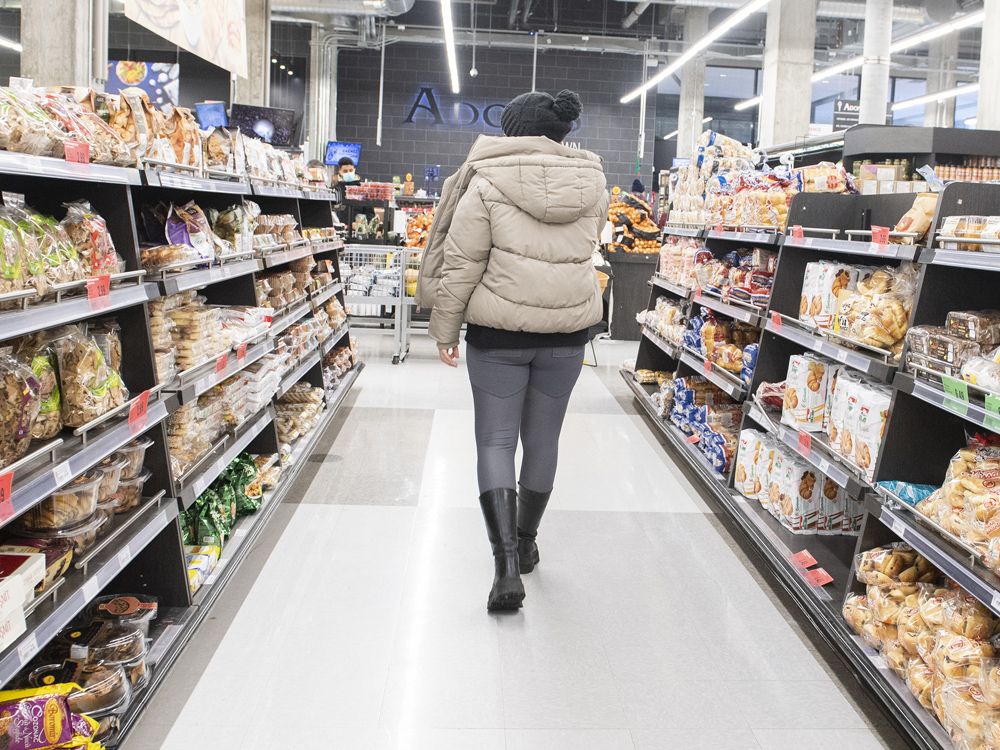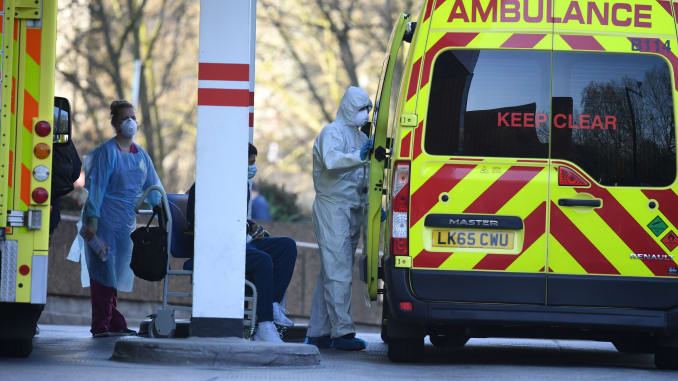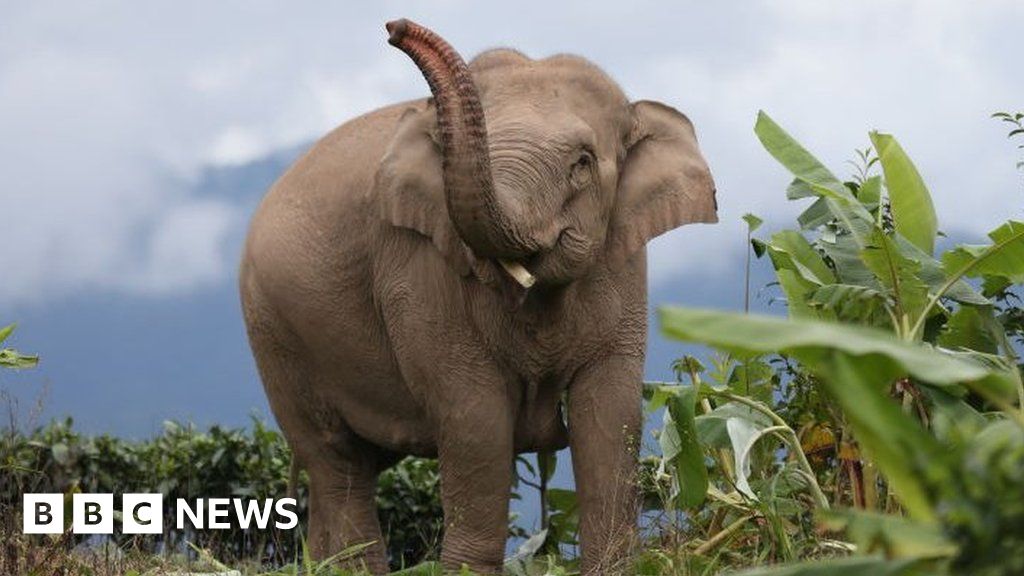[ad_1]
 Although a piece of Company India reported respectable working margins even in Q1 by reining in prices, that hardly displays the state of the financial system; earnings of most corporations stay underneath strain and the MSMEs are in graver disaster.
Although a piece of Company India reported respectable working margins even in Q1 by reining in prices, that hardly displays the state of the financial system; earnings of most corporations stay underneath strain and the MSMEs are in graver disaster.
Determined makes an attempt by some financial actors to come back out of a disaster that lasted for a frustratingly lengthy interval enabled some indicators to maneuver up in July after being trammelled by the second Covid wave in Might-June.
Nevertheless, for the reason that principal financial brokers — non-public buyers, lenders and customers — don’t but appear to have overcome an excessive danger aversion and the government-sector doesn’t seem like dwelling as much as its activity, the tempo of restoration within the second half of FY22 might be decrease than predicted by authorities managers.

Because it occurs, credit score development continues to be subdued and industrial output is beneath the pre-Covid degree. Additionally, the companies sector that constitutes a lot of the mixture demand, is weak.
Although a piece of Company India reported respectable working margins even in Q1 by reining in prices, that hardly displays the state of the financial system; earnings of most corporations stay underneath strain and the MSMEs are in graver disaster.
Rising commodity costs and transport prices might proceed to impression the bigger trade by means of the present quarter and past, and gradual the momentum of restoration.
The finance minister made it clear that development is being accorded prime precedence and the financial coverage stance is in live performance with this method. Nevertheless, provided that inflationary pressures are actual and the US Federal Reserve has signalled its intent to lift rates of interest later this yr, the Reserve Financial institution of India might should quickly begin step by step unwinding the financial stimulus; it dropped hints of this on the newest coverage overview. The RBI may shift stance from ‘accommodative’ to ‘impartial’ and even hike charges marginally by the top of the present fiscal yr.
As for the high-frequency indicators, gross Items and Companies Tax (GST) collections got here in at a formidable Rs 1.16 lakh crore in July (largely June transactions), up a 3rd on yr and 1 / 4 on month. That in July, the common day by day e-way invoice era was 14% larger than the extent in June and 60% larger than in Might signifies the August collections (from July gross sales) might be even larger. Day by day e-way invoice era stood at 19.5 lakh within the first eight days of August, 1.3% larger than the common for first 11 days of July, but 5.8% decrease than the day by day common for the total month of July.
Manufacturing exercise, as measured by the Buying Managers Index (PMI), reversed a contraction witnessed in June and grew at its quickest tempo in three months in July, as states relaxed curbs imposed within the wake of the second Covid wave. Output rose at a strong tempo, with over one-third of firms reporting a month-to-month growth in manufacturing. However companies exercise shrank for a 3rd straight month in July, though the contraction degree narrowed from June.
Buoyed by sturdy exterior demand and an increase in international commodity costs, merchandise exports exceeded the pre-pandemic degree (similar months in 2019) for 5 months in a row by means of July. Exports surged 50% in July from a yr earlier than and 35% from the corresponding month of 2019. Imports, too, shot up by 63% from a yr earlier than and 15% from the identical month in 2019, suggesting a gradual rise in home demand.
Beneficial base impact drove up the index of business manufacturing (IIP) by 13.6% in June (it had shrunk 16.6% in June 2020). However the IIP nonetheless remained 5.2% decrease than the June 2019 degree. Additionally, the output of eight core infrastructure sectors grew 8.9% year-on-year in June however it nonetheless trailed the June 2019 degree by 4.7%.
As dealerships re-opened throughout the nation after the Covid-induced lock-down, retail auto gross sales picked up throughout classes in July, registering year-on-year development of 34%, albeit on a low base. Importantly, gross sales of passenger autos in July have been up 24.3% on the July 2019 (pre-pandemic) degree. In fact, on an total foundation, auto gross sales in July have been nonetheless 13.2% decrease than registered throughout the identical month in 2019, however the deficit narrowed. The industrial car phase too have began witnessing a rise in demand, particularly for the medium and heavy industrial autos. Demand continued to be optimistic within the two-wheeler phase too in July, however the fee of restoration remained fairly sluggish.
Demand for electrical energy shot as much as a multi-month excessive degree of 124.4 billion models (bu) in July, from 108.8 bu in Might. Petrol gross sales too neatly recovered to 2.63 million tonne (mt) in July from 1.99 mt in Might.
India’s joblessness fee rose to a six-week excessive of 8.1% within the week ended August 8, in line with information compiled by the Centre for Monitoring of Indian Economic system (CMIE); the speed had fallen to five.98% within the week ended July 18. The most recent rise within the unemployment fee was apparently on the again of a rise within the labour pressure participation fee (LFPR), a lot much less of a fear.
[ad_2]
Source link







